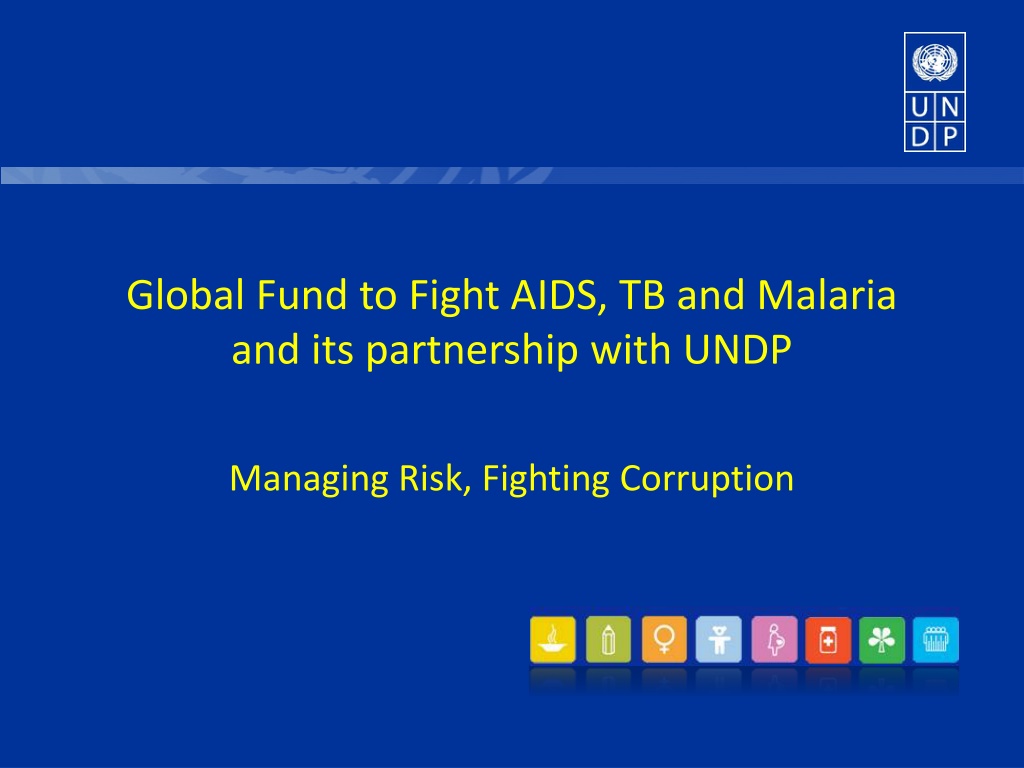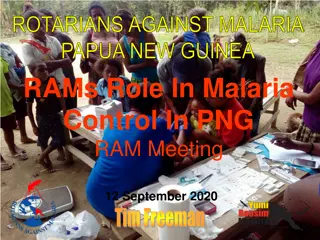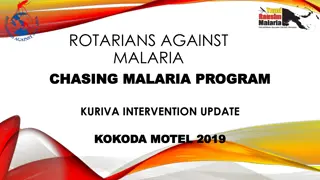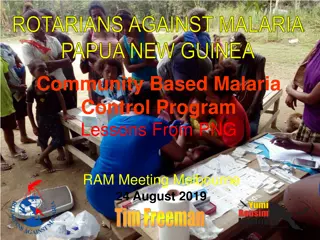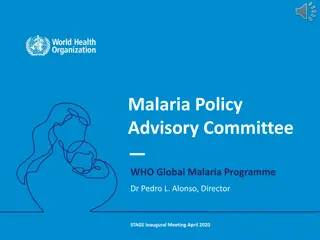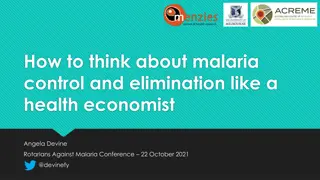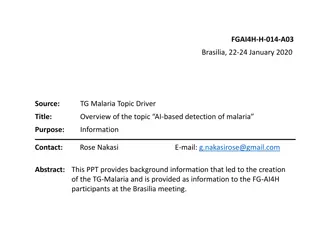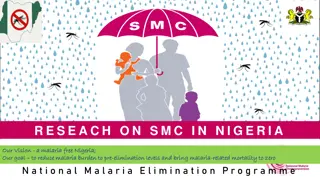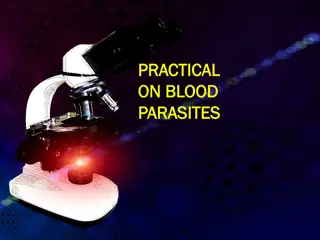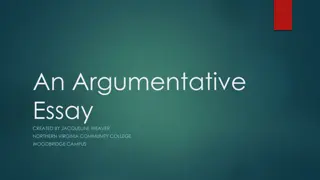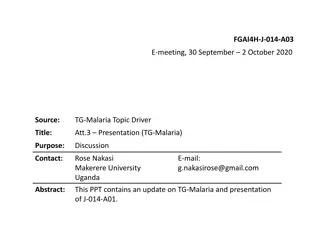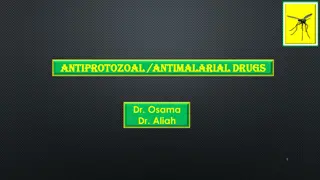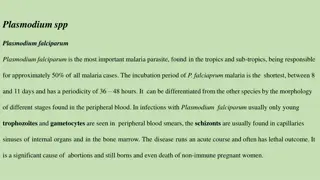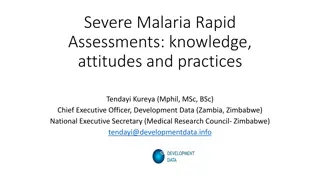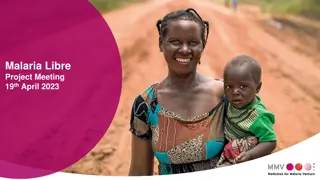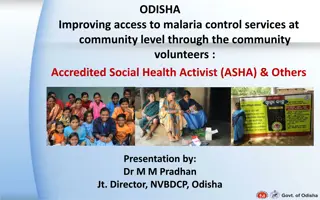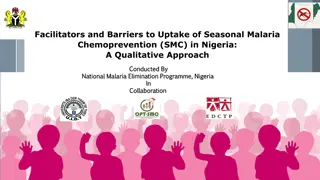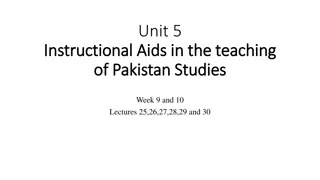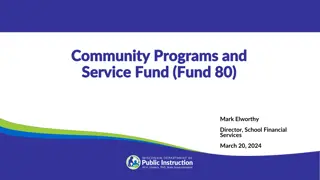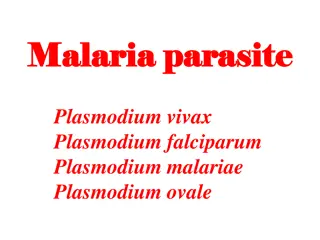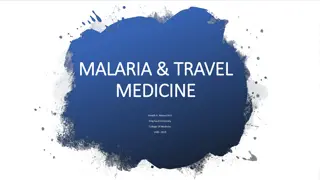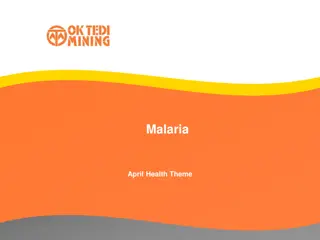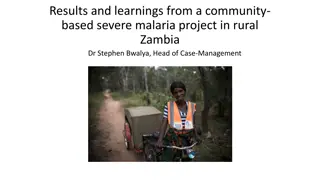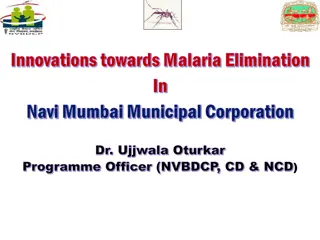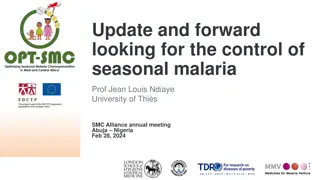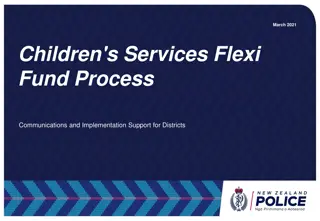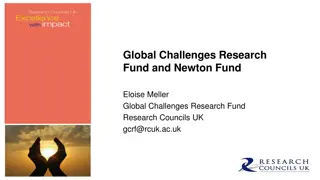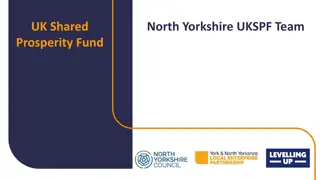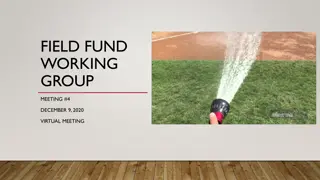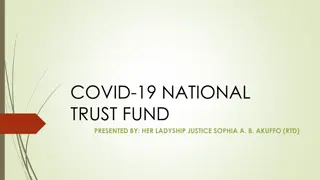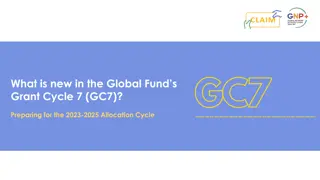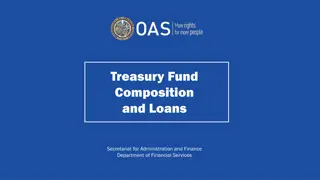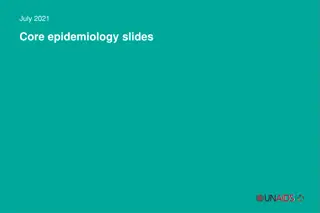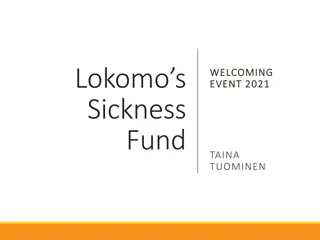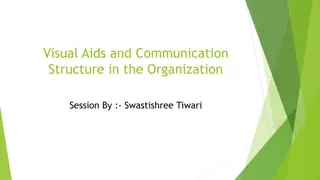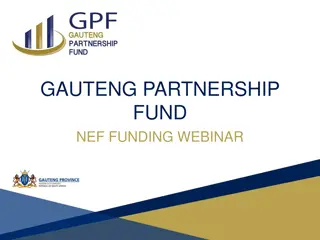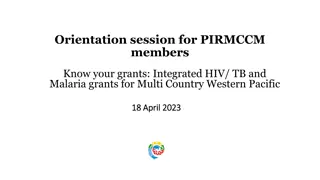Global Fund to Fight AIDS, TB, and Malaria Overview
The Global Fund was established 10 years ago as an innovative funding mechanism, having made a significant impact by saving lives, providing treatment for various diseases, and distributing essential health products globally. The Fund operates by raising funds, allocating them carefully, and demonstrating the effectiveness of its initiatives. It faces challenges such as managing risks, combating corruption, and implementing projects at the country level through various coordinating mechanisms and recipients.
Download Presentation

Please find below an Image/Link to download the presentation.
The content on the website is provided AS IS for your information and personal use only. It may not be sold, licensed, or shared on other websites without obtaining consent from the author. Download presentation by click this link. If you encounter any issues during the download, it is possible that the publisher has removed the file from their server.
E N D
Presentation Transcript
Global Fund to Fight AIDS, TB and Malaria and its partnership with UNDP Managing Risk, Fighting Corruption
Risky Business Corruption in the health sector Large-scale procurement of drugs and health products Storage, distribution, and drug theft Implementation of activities by local partners Training and workshop Retention schemes Assets
Global Fund Created only 10 years ago Innovative new-generation funding mechanism Mean and lean, no country presence USD 22.4 billion for 150 countries Saved 7.7 million lives 3.2 million currently on ARVs 8.2 million TB cases treated 190 million mosquito nets distributed Remarkable contribution to MDG6 and other health-related MDGs
The Global Fund Model Raise it Spend it Prove it
Reporting BOARD Office of the Inspector General Auditing and investigating Secretariat Verifying Country Level Country Coordinating Mechanism Local Fund Agent Principal Recipient Sub-Recipient Sub-Recipient Sub-Recipient
Funding process Global Fund launches a Round for submission of proposals (10 rounds so far) Country prepares grant proposals Country Coordinating Mechanism reviews proposals and submits to Technical Review Panel If successful, Global Fund and Principal Recipient signs grants agreement with agreed budget Global Fund disburses funds at quarterly or six-monthly intervals Performance-based disbursements + Phase 2 funding. Project based, off budget Dual Track Funding = both Government and NGO Recipients 3 diseases, 10 rounds, several PRs per country, 150 countries Slowly moving towards National Strategy-based funding
High-Level Panel Recommendations 1. 2. Board: needs to focus on strategic issues and risk management. Secretariat: Needs major restructuring, refocusing, and introduction of risk management framework and systems Country Coordinating Mechanisms: Reduce conflict of interest and strengthen oversight role Principal Recipients: Up-front capacity assessments, resources allocated to strengthen capacity, risk-based disbursements Local Fund Agents: Requires major overhaul of modality Office of Inspector General: Mandate needs to be contained, improve conduct of teams, ensure process in finalizing and publishing reports, speed up reporting, align definition of fraudulent expenditure with standard practice, etc. 3. 4. 5. 6. 37 concrete recommendations to get the Global Fund back on track
UNDP-Global Fund Partnership Principal Recipient of Last Resort 1. Implementation Support UNDP serves as interim Principal Recipient (PR) in countries facing exceptional circumstances. 2. Capacity Development While serving as interim PR, developing the capacity of one or several national entities to take over the PR role when they are ready and as soon as circumstances permit.
What are exceptional country circumstances? Capacity constraints: no national entity able to take on PR role (Chad, Togo, Niger, Tajikistan) Conflict or post-conflict situations (DRC, Sudan, Iraq, West Bank/Gaza) Post-disaster situations (Haiti) Political upheaval (Kyrgyzstan) or political complexities (Bosnia) Suspension of grants due to corruption or mismanagement by national PR (Zambia) Institutional bottlenecks and legal dispositions that obstruct effective implementation (Uzbekistan) Donor sanctions (Cuba, Iran, Zimbabwe)
Scope of UNDPs role Interim Principal Recipient in 30 countries facing exceptionally high risk or low national capacity Manages 12% of Global Fund resources = US$ 1.13 billion in signed grants US$ 400 million through UNDP in 2010 Has exited in 13 countries 10 countries in transition phase of handing over PR role to national entities Recently taken over grants in 5 countries
How does UNDP manager risk when managing Global Fund grants? Ensure national ownership of programmes , risks, and responses to fraud. Invest in capacity development of national partners (financial management & fiduciary control) Strict follow-up to project audit findings crucial risk management tool Pooled international procurement, but use of national supply chain management systems Prudent management of Sub-Recipients (local implementing partners) in high- risk environments Up-front capacity assessments of SRs, with tailor made capacity strengthening as required Close monitoring of financial reporting, effective M&E, and frequent spot- checks Smaller, more frequent advances, direct payment to vendors, or direct UNDP implementation On-sight verification and monitoring of training activities
Lessons learnt Don t reinvent the wheel it might turn out square Prevention is better than treatment (Global Fund: heavy on treatment, light on prevention) Manage transparency carefully National ownership of the risks & the response to corruption. Major investments in capacity development of national institutions In high-risk environments: need implementing partner with well- established country presence to manage risk & develop national capacity Be careful with private sector oversight and fiduciary services Anti-corruption is about effective day-to-day implementation Have zero tolerance for fraud, but not zero tolerance for risk
